How to Clean Stainless Steel
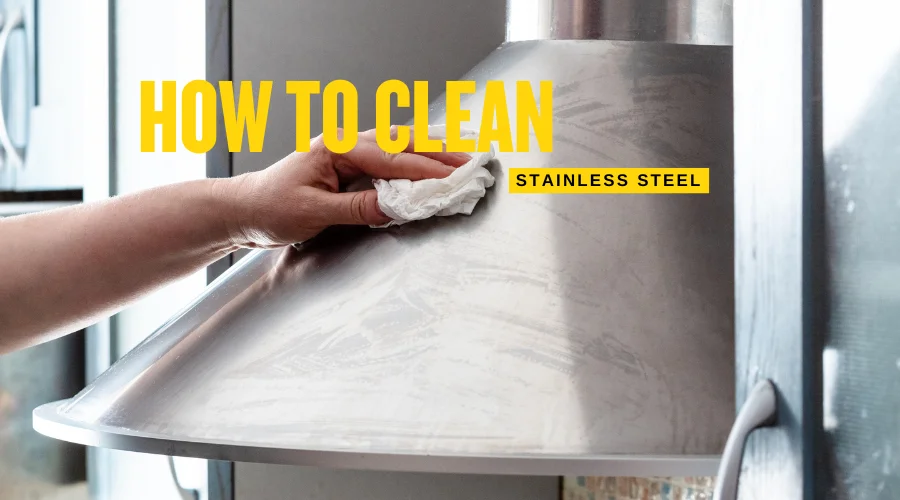
How to Clean Stainless Steel
Tools You Need
Step 1
Gather Your Supplies
You’ll need:
- Microfiber cloth or soft sponge
- Mild dish soap or white vinegar
- Warm water
- Baking soda (for tough stains)/Stainless Steel Cleaner
- Olive oil or stainless steel polish (for shine)
Step 2
Remove Dust and Loose Debris
Before applying any liquid cleaner, use a dry microfiber cloth to remove dust, crumbs, and dirt from the surface. This prevents scratching when you start wiping down the appliance with water or soap. Stainless steel can be easily scratched, so using a soft cloth ensures a smooth, polished finish.
If you’re cleaning a stainless steel sink, rinse it with warm water first to remove food particles before applying soap.
Step 3
Clean with Mild Soap and Water
Fill a bowl or sink with warm water and add a few drops of mild dish soap. Dampen a microfiber cloth or non-abrasive sponge with the soapy water and gently wipe down the stainless steel surface, making sure to follow the grain of the metal.
Going against the grain can leave streaks or push dirt into small crevices, making it harder to clean. After washing, rinse the surface with clean water to remove any soap residue, which can cause streaking if left to dry.
Step 4
Remove Stubborn Stains and Grease
For tougher stains, use baking soda as a gentle abrasive. Sprinkle a small amount of baking soda onto the stain and dampen a cloth with warm water. Gently scrub in the direction of the grain, applying light pressure to lift grease, water spots, or food residue.
If the stain persists, try using a stainless steel cleaner specifically designed to tackle stubborn marks. Spray the cleaner onto the surface or apply a small amount to a microfiber cloth, then gently rub in the direction of the grain. Stainless steel cleaners are formulated to remove grease, streaks, and discoloration without damaging the finish.
For burnt-on grease from a stovetop, create a paste with baking soda and water. Let it sit for 10–15 minutes before scrubbing with a soft sponge. Once the stain is gone, rinse thoroughly with warm water and dry the surface with a microfiber cloth.
Step 5
Use Vinegar for Streak-Free Cleaning
White vinegar is an excellent natural cleaner for stainless steel, as it helps dissolve water spots, grease, and fingerprints. Fill a spray bottle with equal parts white vinegar and water. Lightly spray the surface and let it sit for a few seconds before wiping it away with a clean microfiber cloth.
For an extra shine, go over the surface again with a dry cloth to prevent streaking. Vinegar also helps disinfect surfaces, making it a great option for kitchen appliances and sinks.
Step 6
Polish for a Glossy Finish
To restore the original shine of your stainless steel, apply a small amount of olive oil or stainless steel polish to a clean microfiber cloth. Rub the oil onto the surface in the direction of the grain using circular motions. This not only enhances the shine but also creates a protective layer that repels fingerprints and smudges.
If using stainless steel polish, follow the manufacturer’s instructions to avoid over-application. Be sure to buff out any excess oil or polish to prevent buildup.
No one likes dealing with dull, streaky stainless steel appliances. Whether you use mild soap and water, natural solutions like vinegar and baking soda, or a specialized stainless steel cleaner, keeping your surfaces spotless is easier than you think. The key is to clean in the direction of the grain and polish regularly to maintain that sleek, fingerprint-free shine.
By following these steps, you’ll know exactly how to clean stainless steel and keep it looking brand new!





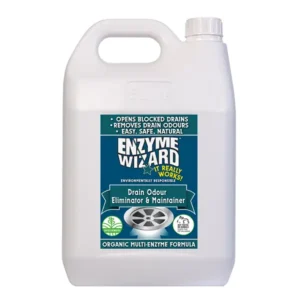
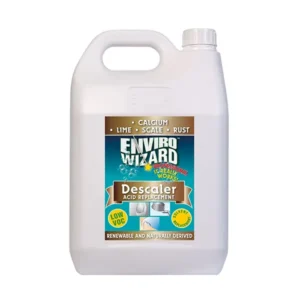
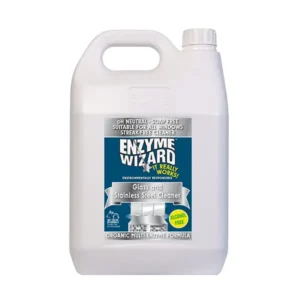
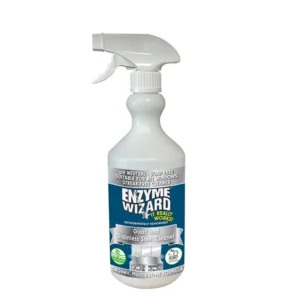
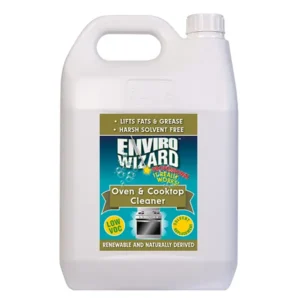
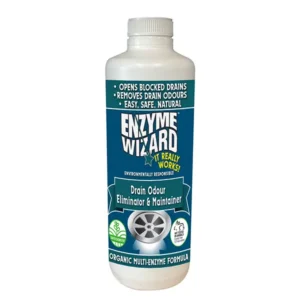
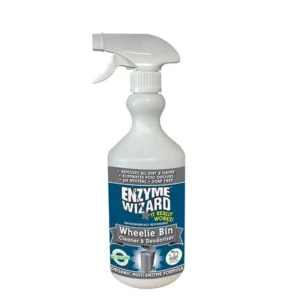
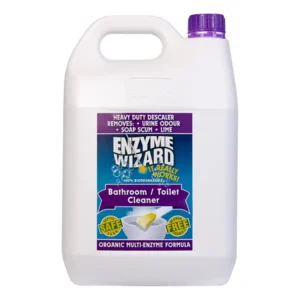
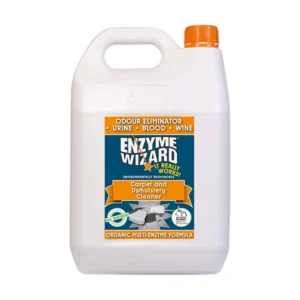
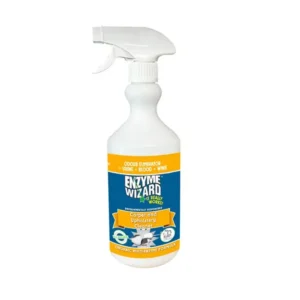
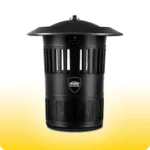 Mosquito Traps
Mosquito Traps